A few months ago I visited the city of Jaca in Aragon in the middle of the Perineos and it was a pleasant and wonderful experience that I want to share with all of you.
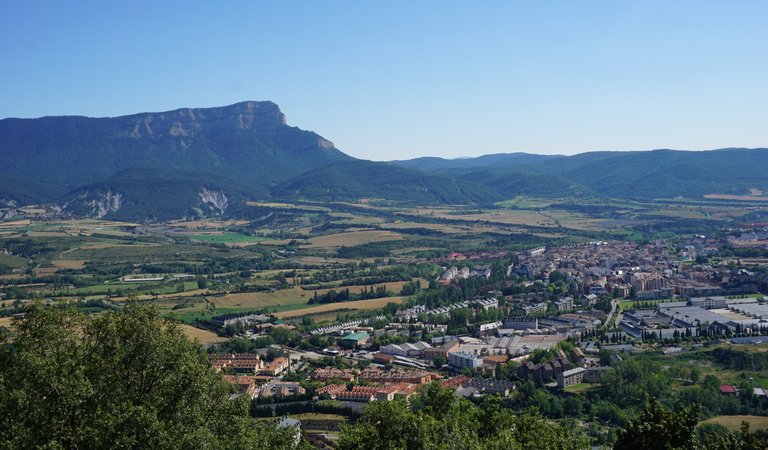
The landscapes are formidable, with high peaks of the almighty Perineos near the city.
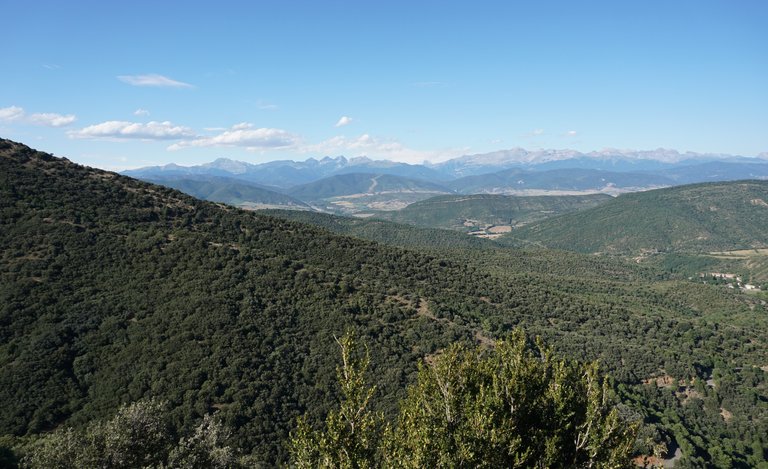
"Areal" View of the citadel
However, the place that is unique and that I have never seen anything like it is the citadel or castle of St. Peter.
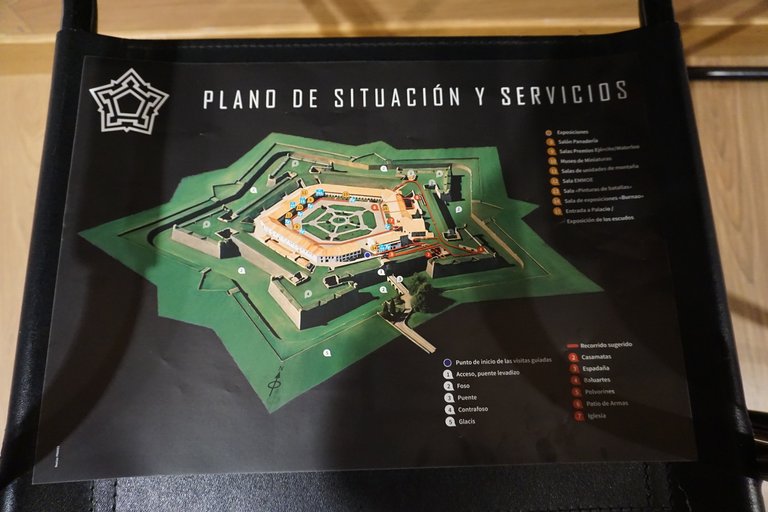
Exterior of the citadel
It is a five-pointed fortress surrounded by meadows where young and not-so-young people gather to enjoy the wonderful surroundings and where one can encounter several families of deer roaming the moat of the fortress.
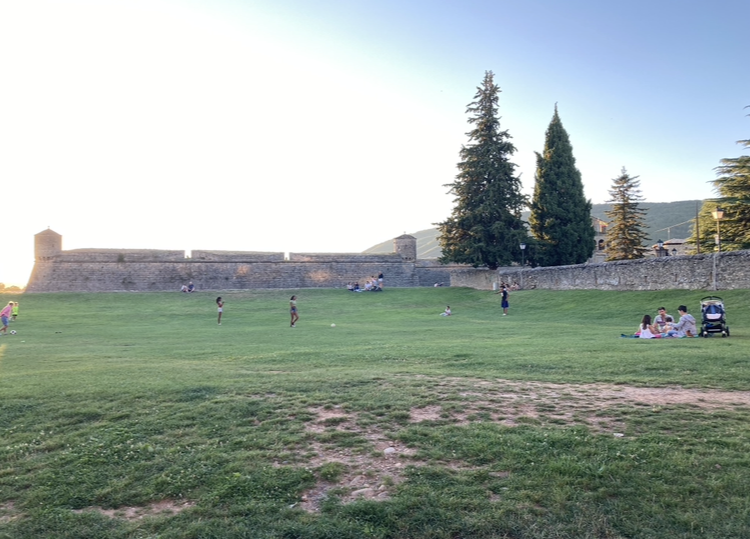
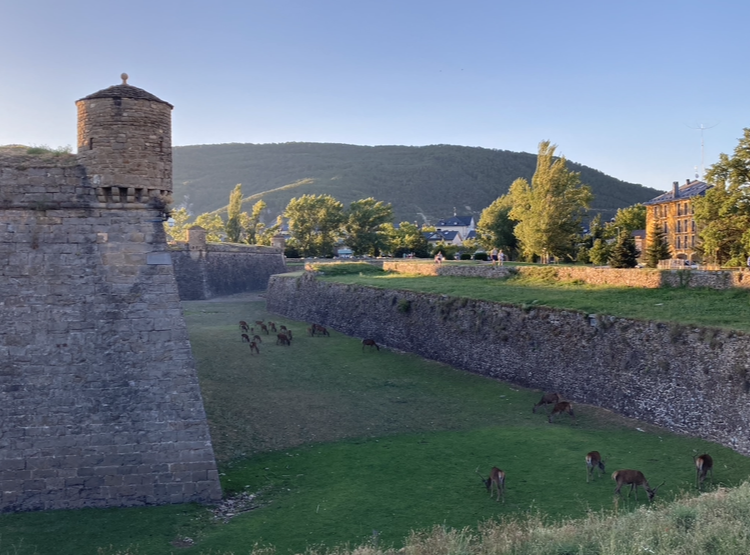
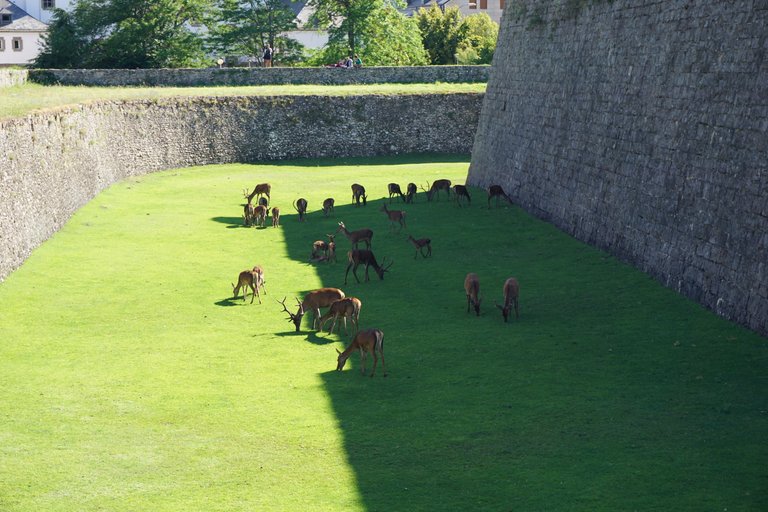
So after touring its exterior and liking very much this fortress, I went to the main gate of the fortress to get a ticket to visit the next day inside and discover its interior with very pleasant surprises that I will show you later.

Guided tour of the citadel
With my ticket to the citadel I opted to take the guided tour, so I toured the citadel accompanied by a group of tourists along with the guide, where they explained to us the peculiarity of the shape of the fortress in the form of 5 points.
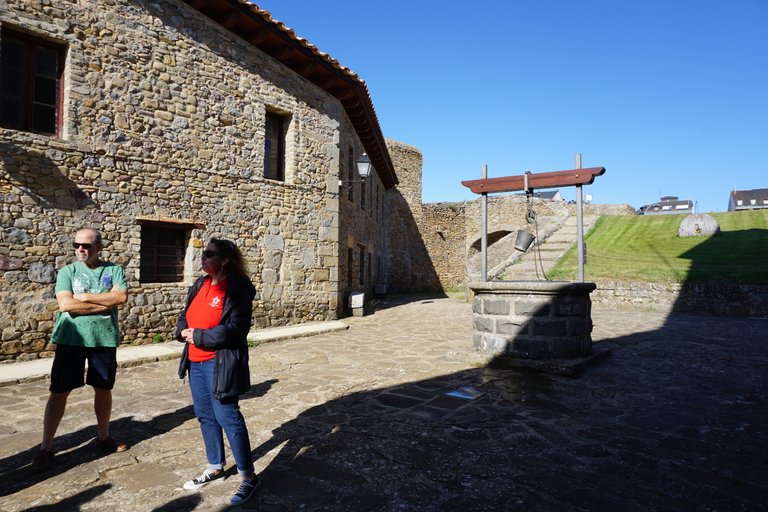
One of the most plausible explanations of its peculiar shape is that with this particular shape it was possible to perfectly watch from bastion to bastion the possible invasion of the citadel by Napoleon's French troops.
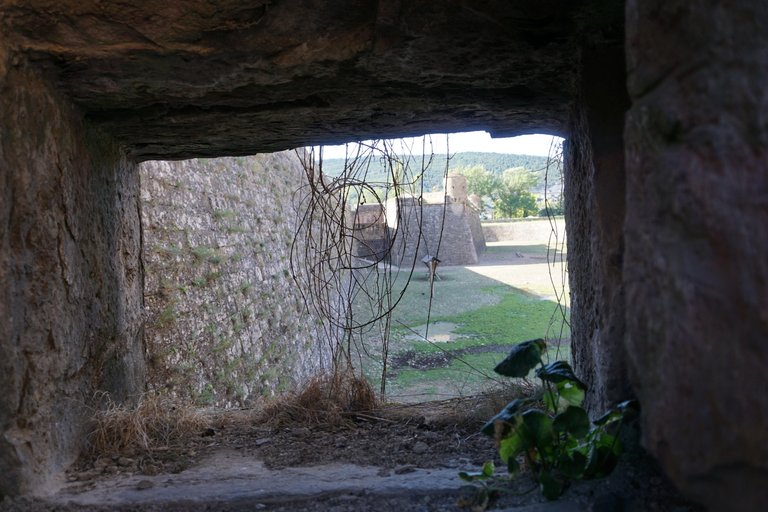
At the same time, during the tour I could see several cannons of the time, which were very well preserved.
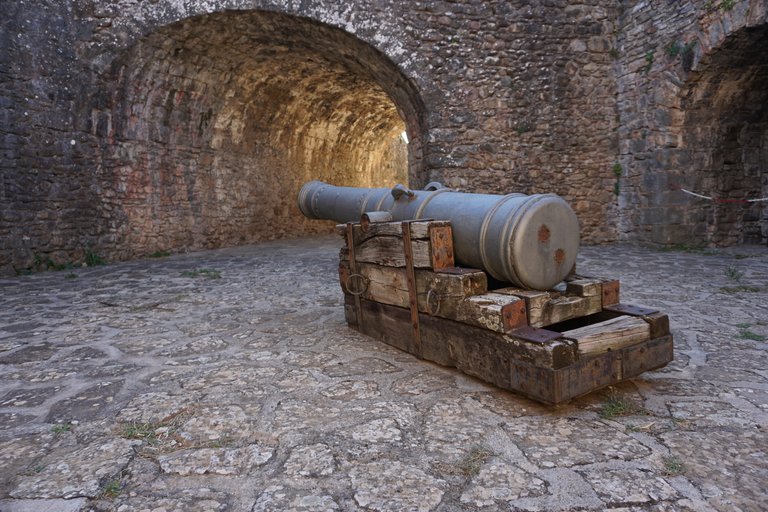
And it caught my attention that on the walls there were some shelves more or less elevated that had the mission to preserve the gunpowder away from moisture and in turn protected from possible impacts so that it would not explode.
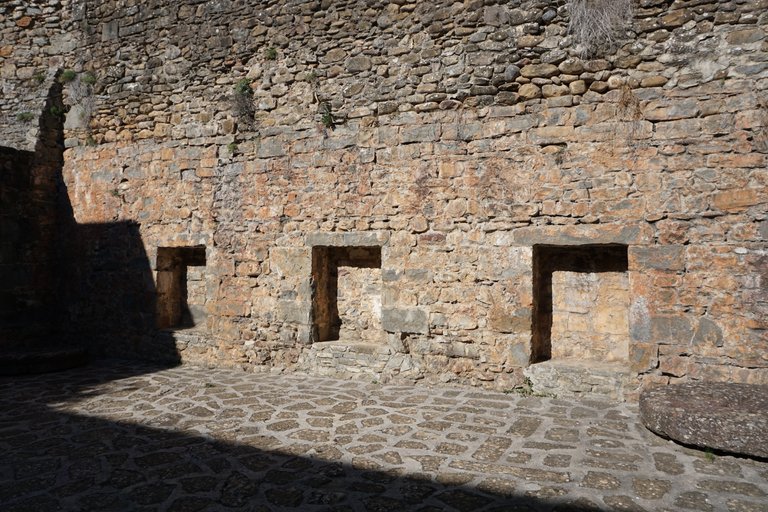
And in several rooms of the fortress there were firearms, some of them real but without the possibility of being used to avoid misfortunes.
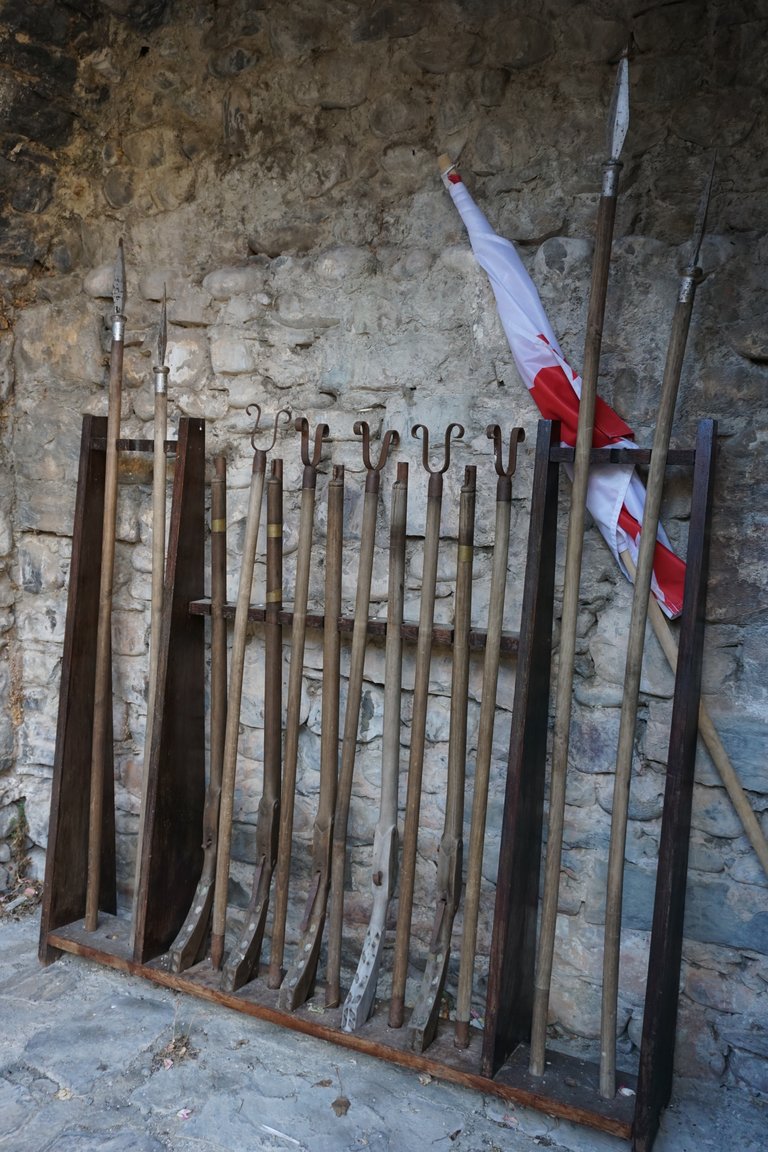
At the same time, to give the fort a more realistic look, I could see that there were cannons on all fronts. I think there is still some fear of a French invasion despite the fact that we are now brothers in the European Union.
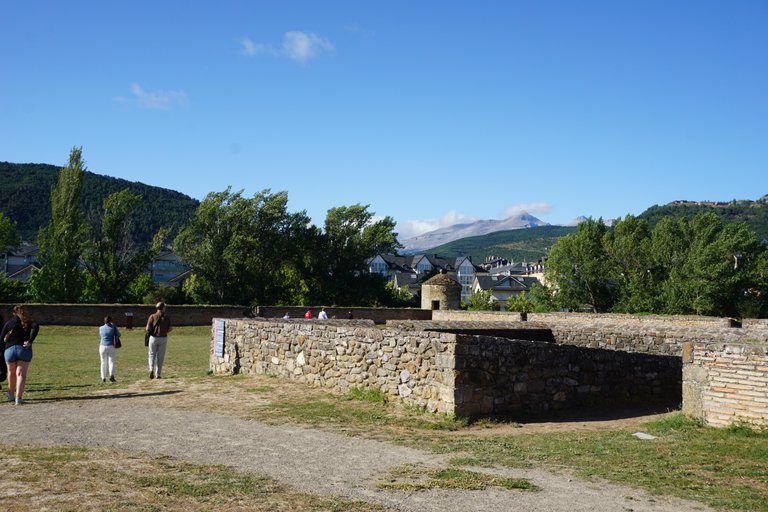
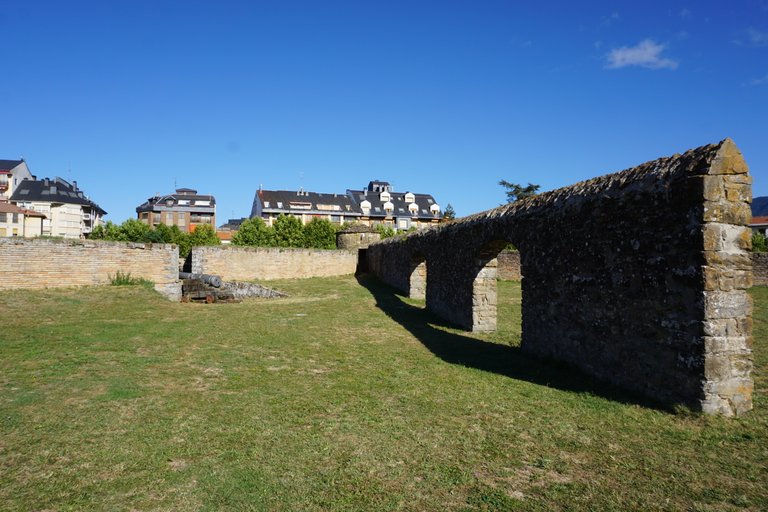
In the lower part of the fort, we toured the main rooms where they explained the different entrance doors, some of them secret to prevent the entry of enemies. But some of them were of great size so that they could enter mounted on their horses the military.
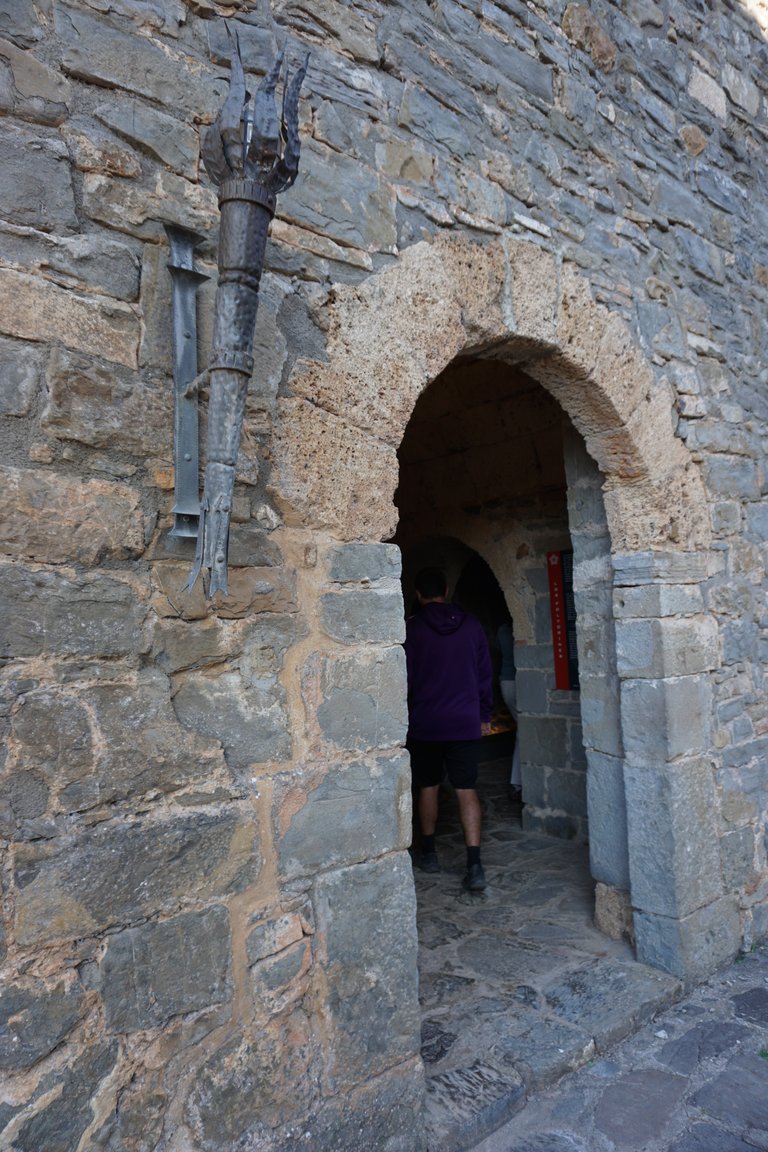
And as a preamble, at the end of the guided tour, we were shown an outbuilding where there were some large coats of arms of the city. Which were the original ones of the fort at that time along with some old photos.
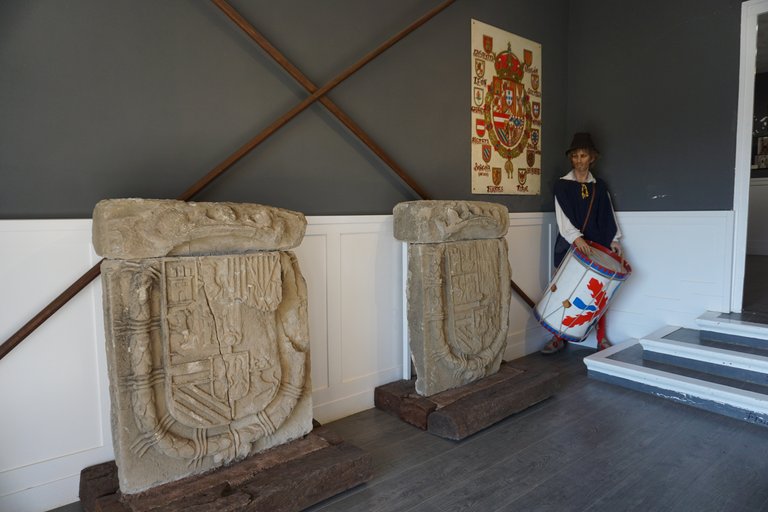

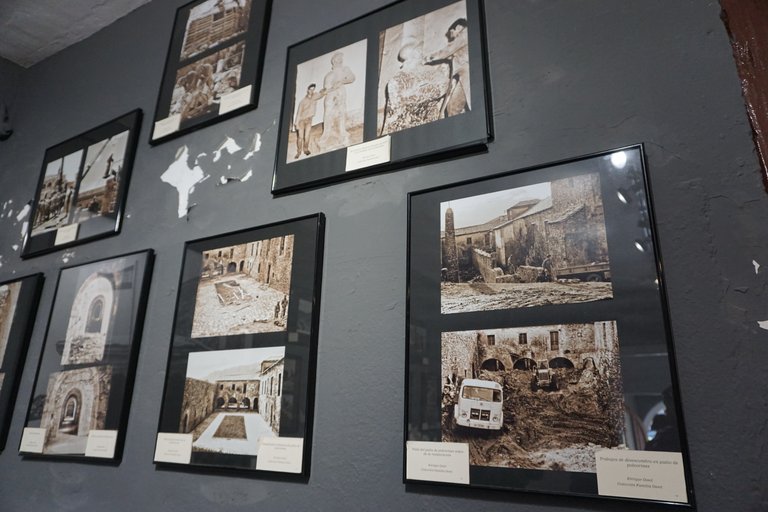
The end of the guided tour was really interesting to visit the church inside the citadel.

Inside I was very struck by the image of the Virgin surrounded by small angels, but many of them with weapons in their hands. It is an image that I did not expect to find in a church.
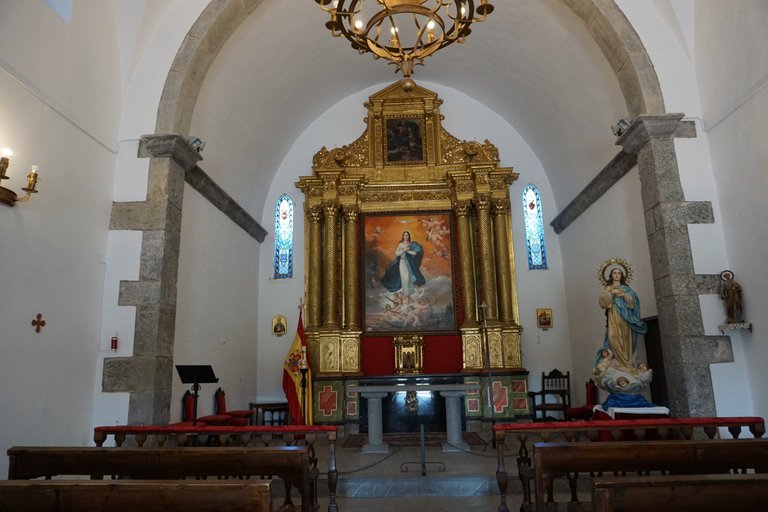
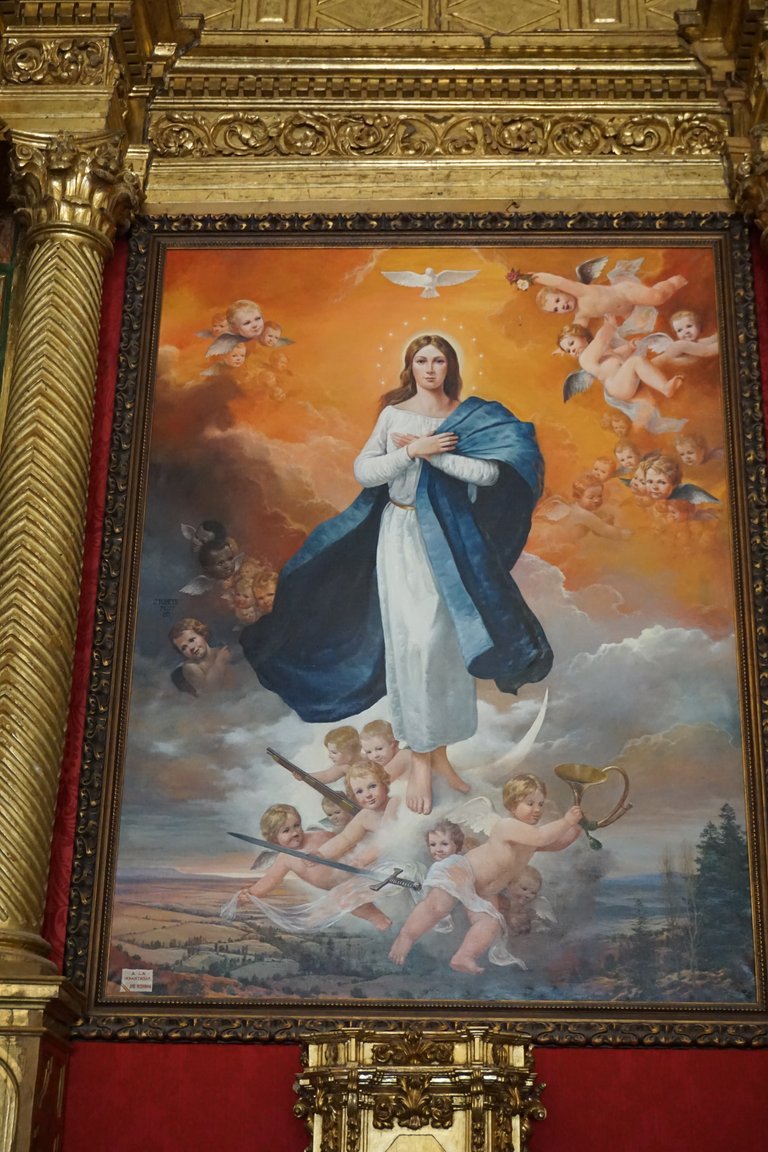
At the same time, seeing a tomb almost at the entrance was something I did not expect either, and even less that it belonged to a person who died in the XVI-XVII century. Specifically, there are the remains of the first Mestre del Campo, Juan de Velasco.
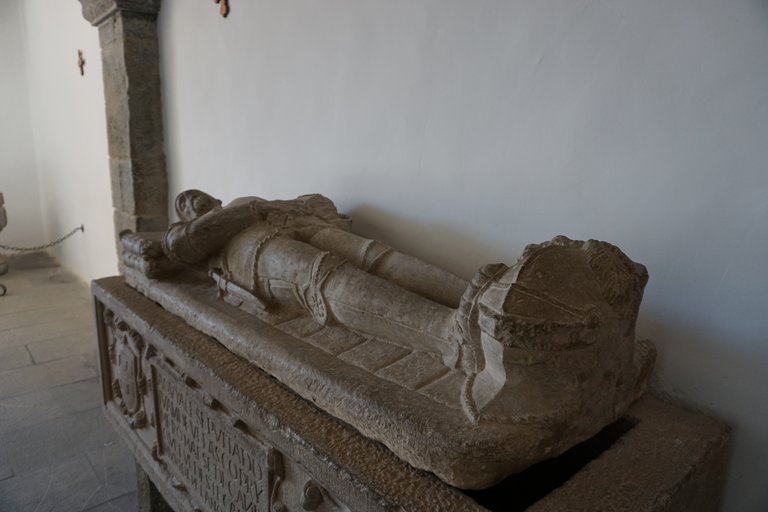
Exhibition of mini-sutures
But the most enjoyable part of the citadel I enjoyed at the end of the guided tour was to visit the rooms where one of the largest exhibitions of lead miniatures in the world is housed.
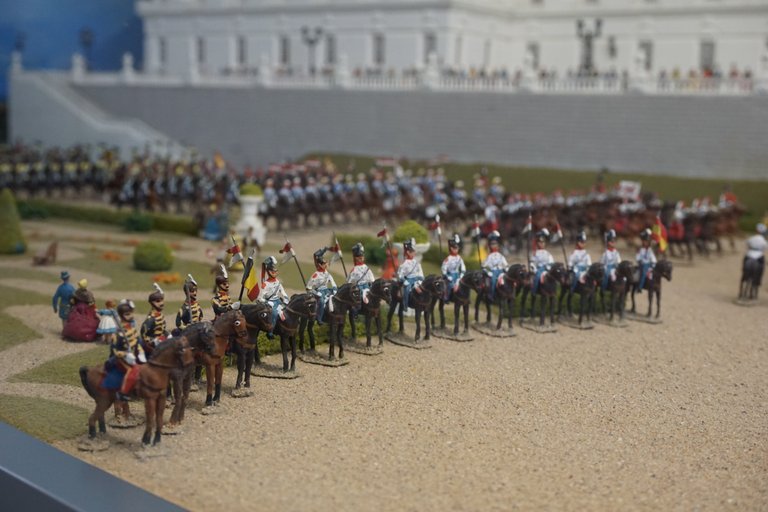
Specifically, this exhibition is related to the military field and throughout the various exhibition halls one has the strange feeling that we humans have spent all of history battling each other in war.
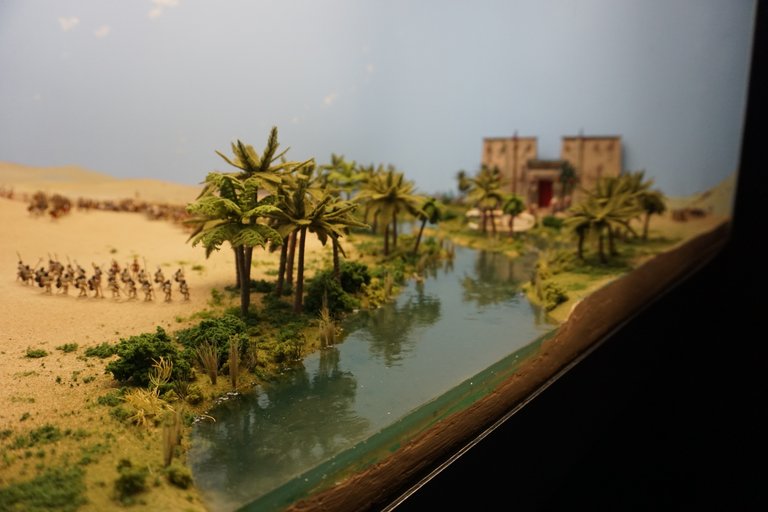
As you can see in the following images in different exhibitors are shown different miniatures recreating some of the wars of history starting with very distant wars such as the wars between Greeks and Persians or the wars between Romans and barbarians.

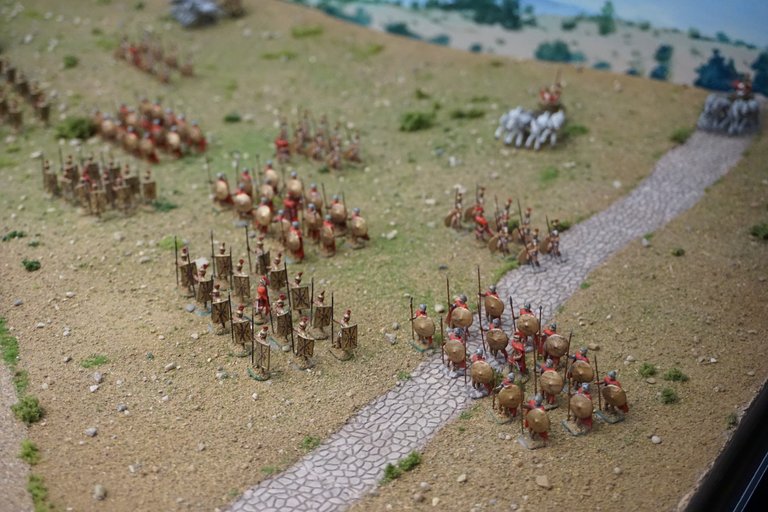
In total I counted more than 20 epochs of wars represented in miniatures some of them very well scenigraphed as the battles during the world wars.
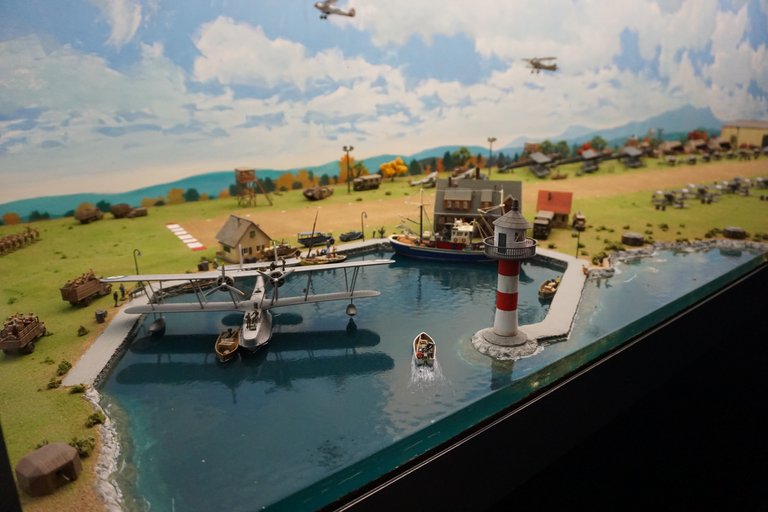
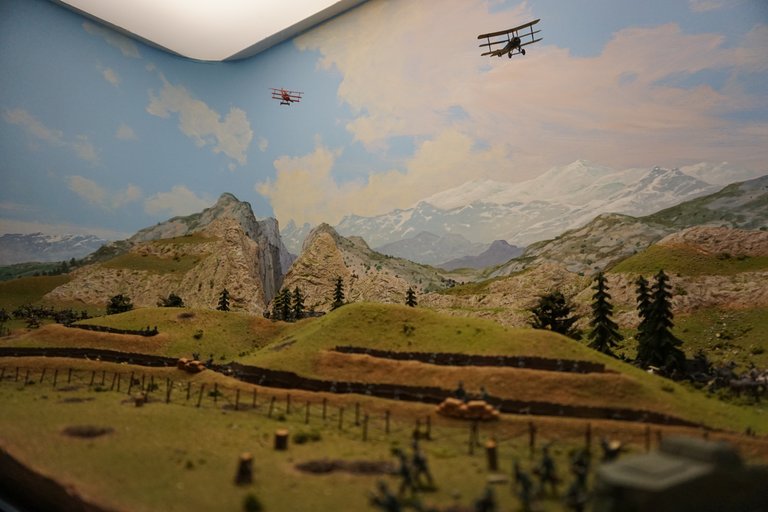
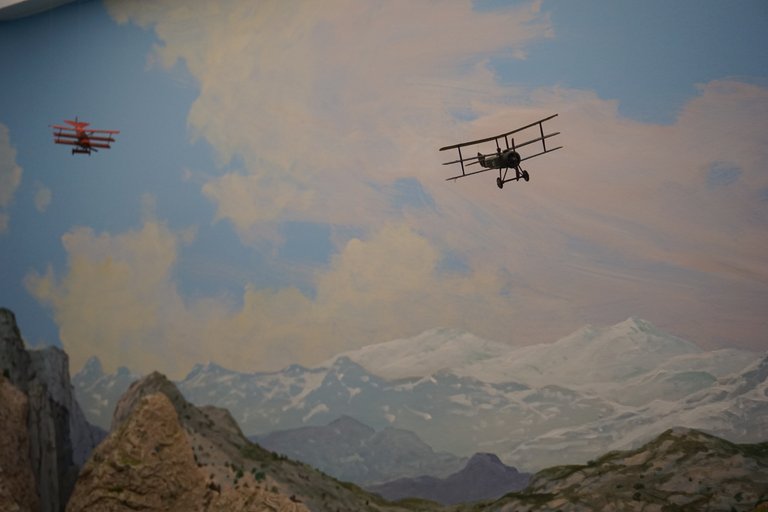
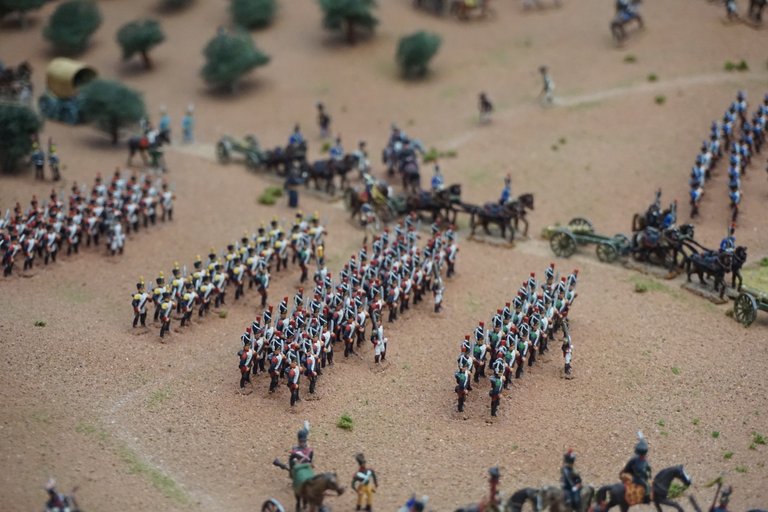
Most of the exhibition focuses on European wars of various kinds but also represents other types of battles such as the conquest of the West in the current United States.

Being an exhibition of a former Spanish military not the Spanish Civil War has an important role with many figures from both sides.
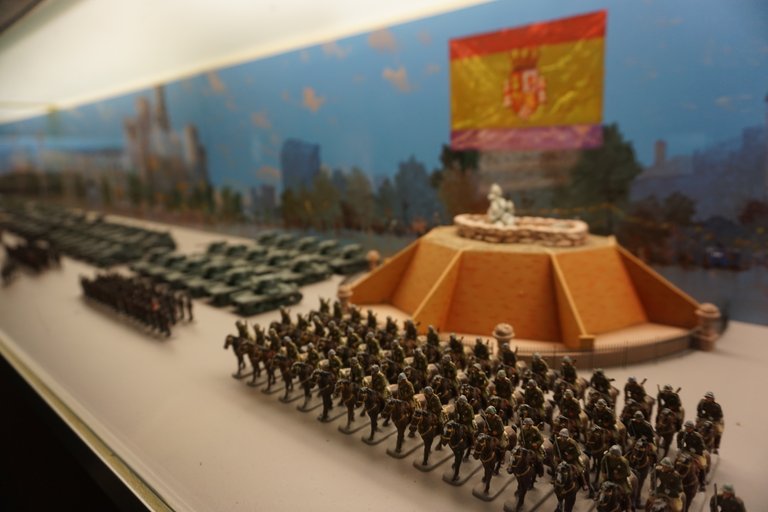
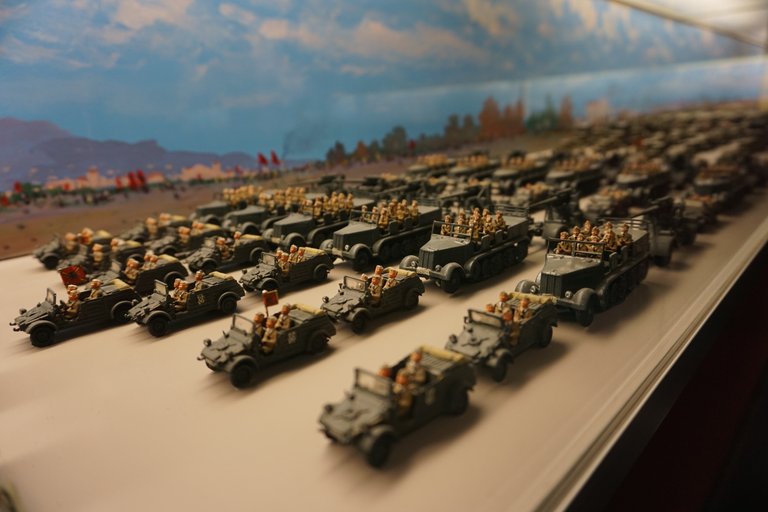
And it also shows more current scenes such as the coronation of King Juan Carlos I of Spain and the founding of the UN.
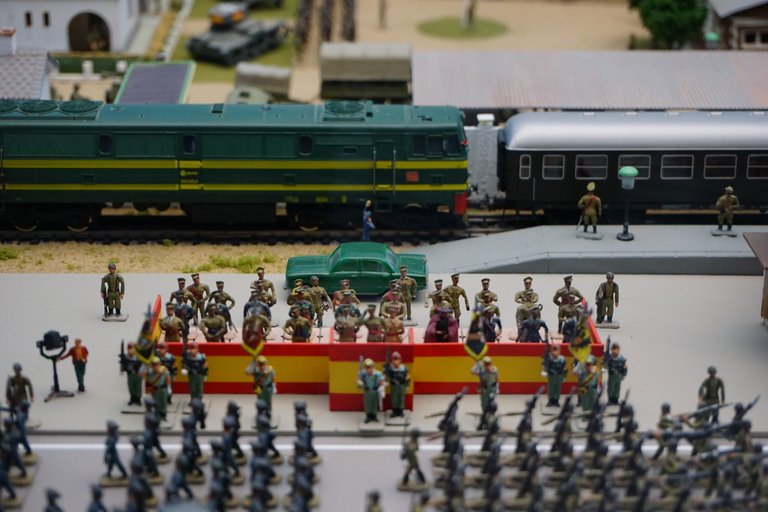
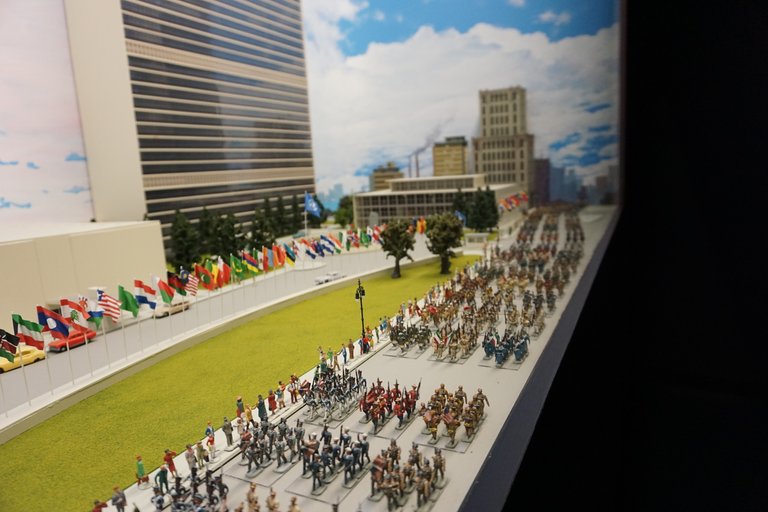
The end of the exhibition of the miniatures encouraged me a lot to see that the current role of the armed forces in my country has changed its paradigm to be a force more focused on humanitarian aid or firefighting through the military emergency unit.
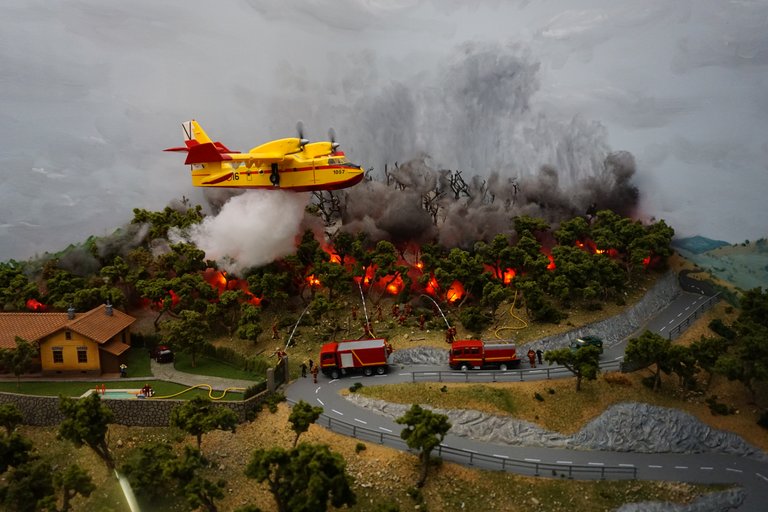
And very happy I returned to the central courtyard of the citadel with the intention of visiting the rest of the city but I found a final surprise.

Photography exhibition “Mas alla de la Mirada” (Beyond the Look).
In another of the pavilions of the citadel when I was about to head towards the exit I saw a photography exhibition announced and as a good photography lover I was obliged to enter.
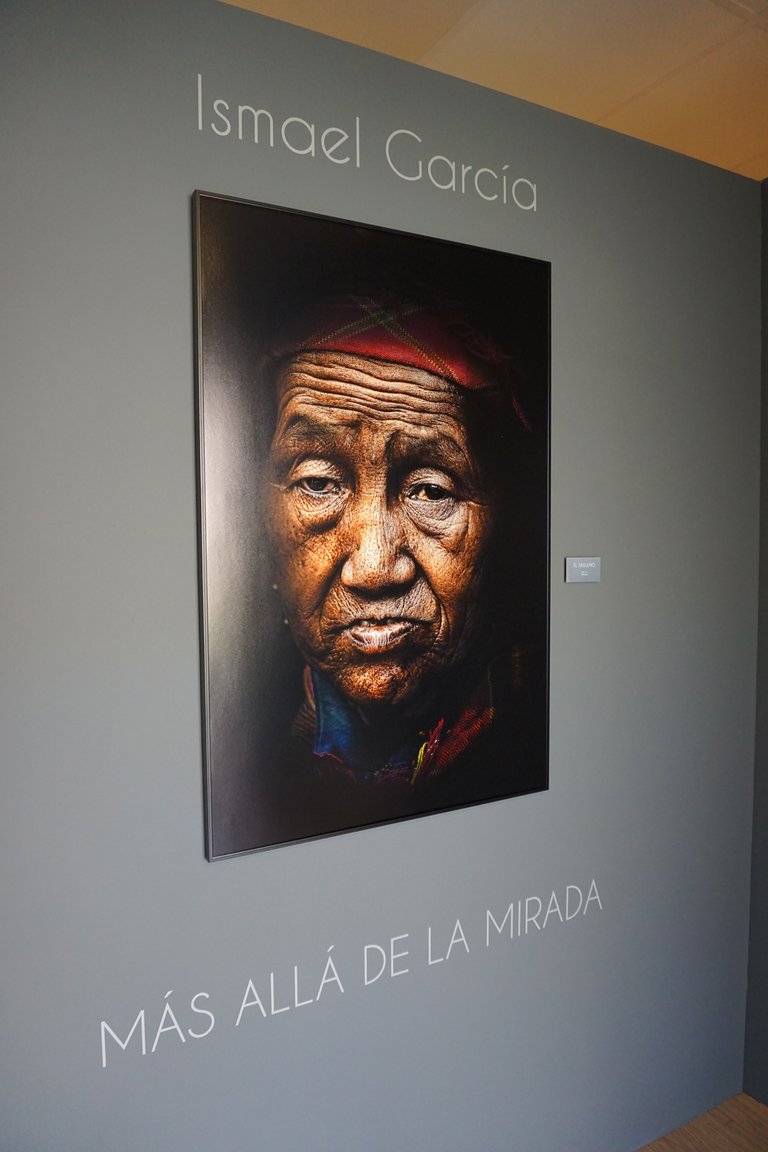
The exhibition was of the photographer Ismael Garcia and it was exposed several photo portraits where the photographer playing with light and facial features of the protagonists manages to convey emotions and thoughts like no one else.
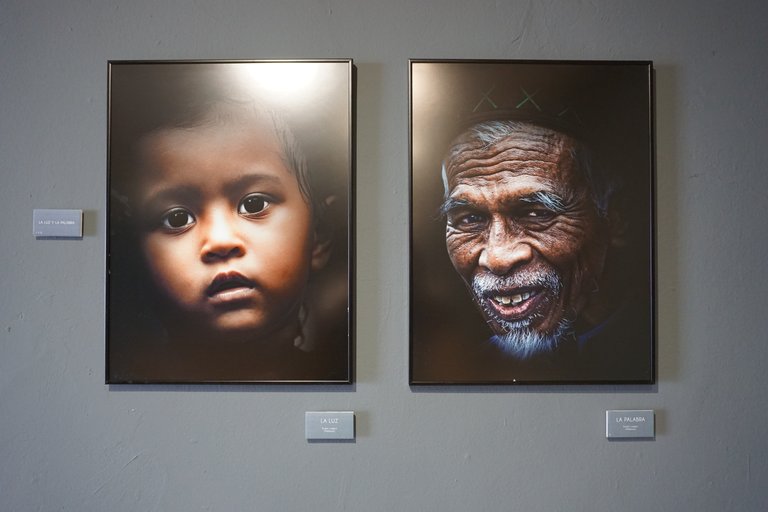
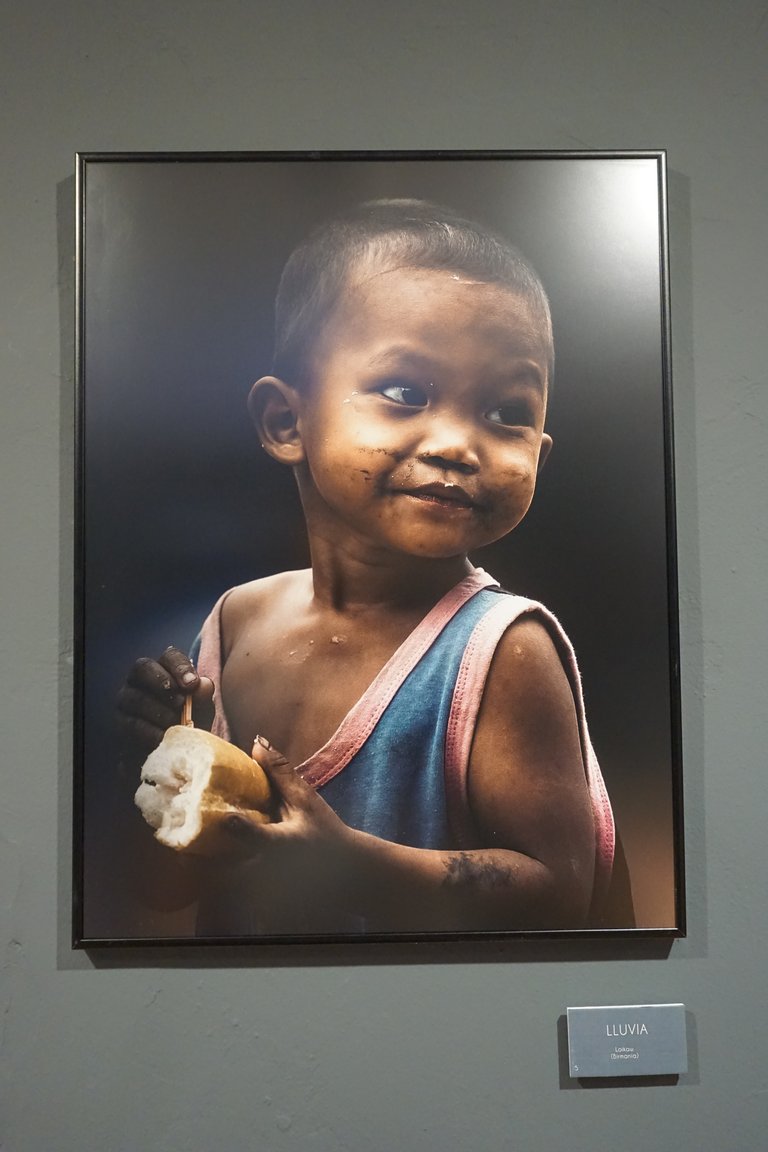
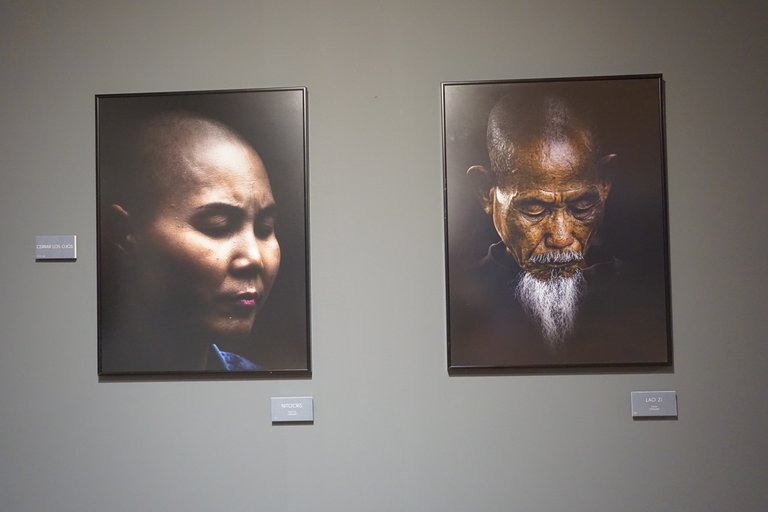
But the most beautiful part of the exhibition was in the final part of the gallery where the black and white photography was the main protagonist where the message playing with light and shadow made me feel many rewarding emotions.

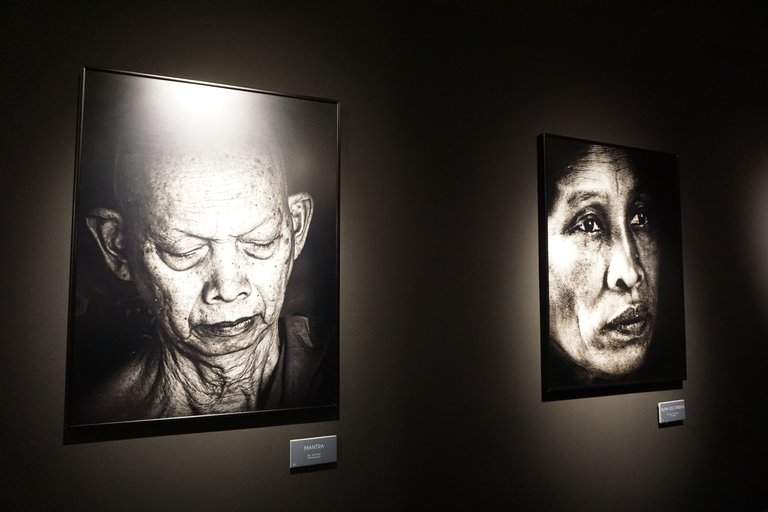
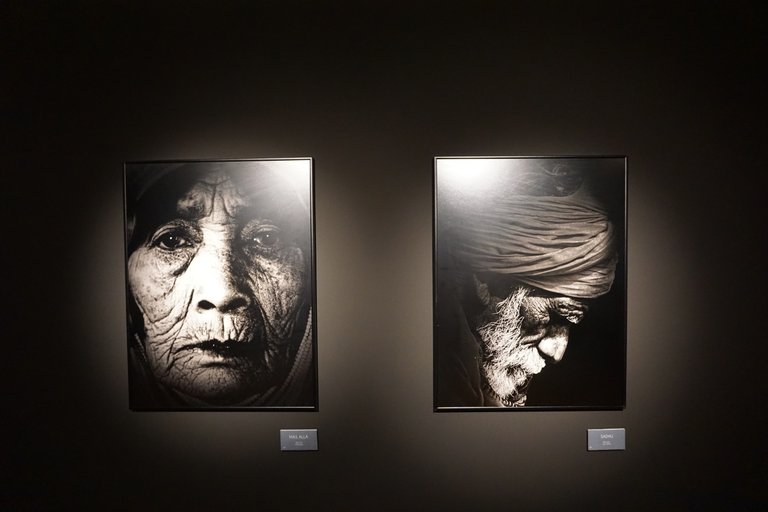
Without a doubt, the visit to the citadel was highly productive and it was a wise decision to invest the 10 euros of the entrance fee.
Regards.


